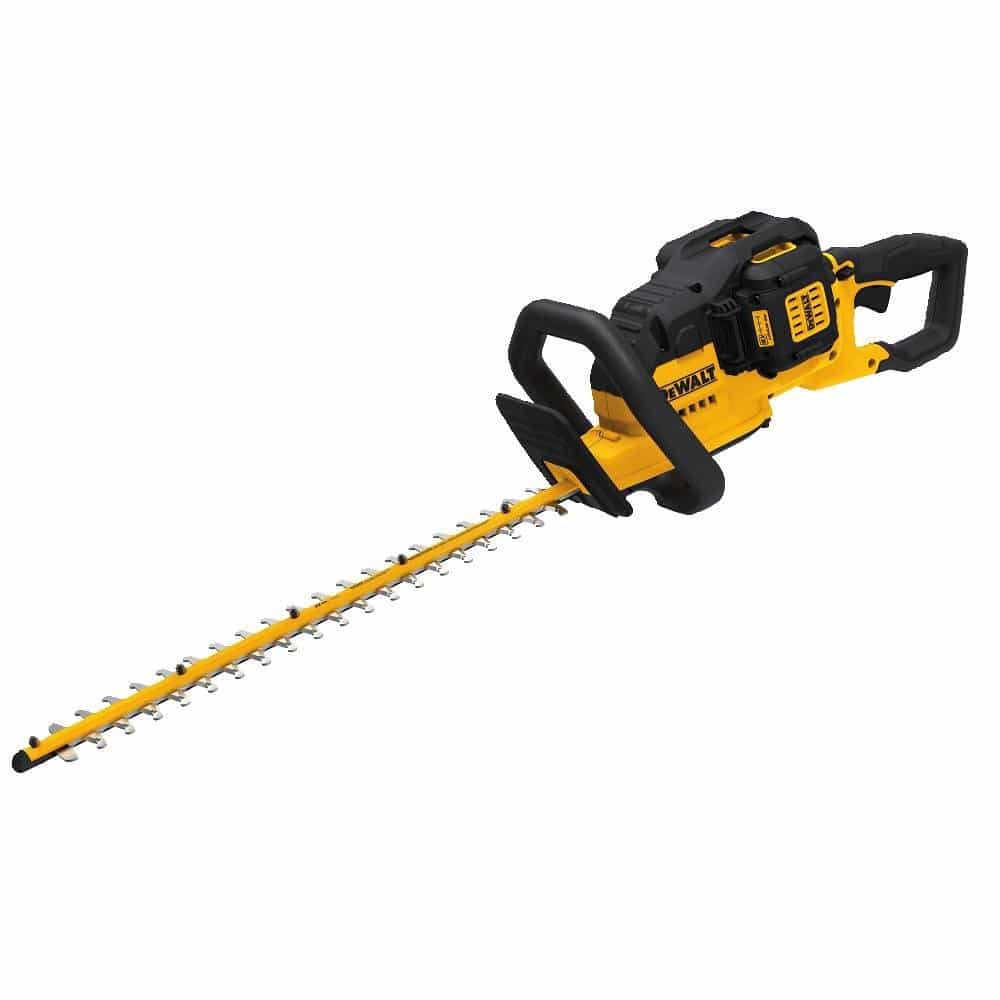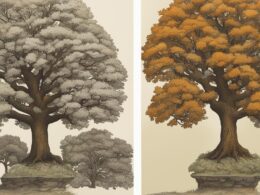If you’ve ever wondered if poplar wood is considered a hardwood, you’re in the right place. Poplar has been a topic of debate among woodworking enthusiasts due to its unique characteristics. In this article, we will delve into the truth about poplar wood and uncover its properties and uses.
Poplar is indeed classified as a hardwood, but it differs from other hardwoods in terms of hardness. Botanically known as an angiosperm, poplar falls into the category of hardwoods. However, when compared to other hardwoods, poplar is relatively soft. It is easy to cut and nail, possessing a uniform grain pattern that makes it versatile for various woodworking projects.
Poplar wood’s softness makes it readily available at lumber stores, making it a popular choice for crafting crates, pallets, furniture frames, and paper products. Although it may not be commonly used for cabinet-grade woodworking or projects requiring a natural wood appearance, poplar wood still possesses enough strength for various applications. It has a Janka rating of 540, proving its durability in different woodworking projects.
Now that we’ve established that poplar is indeed a hardwood, it’s time to explore its properties and uses more in-depth. Continue reading to uncover the versatility of poplar wood and the array of woodworking projects where it shines.
Poplar Wood Properties and Uses
Poplar wood, also known as American Tulipwood or Yellow Poplar, comes from the Tulip Tree native to Eastern USA and Canada. It is characterized by its pale yellow to white color, straight grain, and medium texture. Poplar wood is lightweight and relatively soft compared to other hardwoods, making it easy to work with.
Poplar wood has the following properties:
- Good dimensional stability
- Takes nails without splitting
- Easily stained, polished, or painted for customizable surface finish
With its desirable qualities, poplar wood is widely used in various applications such as:
- Furniture production
- Cabinetry
- Veneer and plywood
- Woodworking projects
- Manufacturing of trim and moldings
- Even musical instruments
Although poplar wood is relatively soft, it is still considered strong enough for furniture making and other woodworking projects.
In the next section, we will explore the strength and workability of poplar wood.
Is English Ivy Ground Cover Safe to Use with Poplar Wood?
Yes, English ivy ground cover is safe to use with poplar wood. The ivy creates a beautiful, natural ground cover around the poplar trees, adding a touch of greenery to the landscape. Just be sure to keep the ivy from climbing up the tree trunks to avoid potential damage.
The Strength and Workability of Poplar Wood
Poplar wood is known for its strength and workability, making it a popular choice for various woodworking projects. While it may not be as strong as some traditional hardwoods, poplar wood possesses a relatively high density, compressive strength, and bending strength compared to most softwoods. This strength is attributed to its density, which makes it suitable for furniture making, bookshelves, bed frames, and other applications.
Despite being classified as a hardwood, poplar wood is relatively soft, which is actually an advantage for woodworkers. Its softness makes it easy to cut, carve, and shape, allowing for greater flexibility and creativity in woodworking projects. Additionally, poplar wood responds well to woodworking tools, further enhancing its workability.
However, it is worth noting that due to its softer nature, poplar wood is more prone to acquiring dents and scratches. To achieve the desired finish, it is important to use well-sharpened tools and take precautions when working with poplar wood. Despite this slight drawback, poplar wood remains a popular choice for furniture making due to its overall strength, workability, and cost-effectiveness.









